- Planting the Right Tomato Variety
- 1. Determinate vs. Indeterminate
- 2. Flavor and Use
- 3. Disease Resistance
- 4. Size and Shape
- 5. Growing Conditions
- 6. Personal Preference
- Preparing the Soil for a Successful Harvest
- 1. Test the Soil
- 2. Clear the Area
- 3. Amend the Soil
- 4. Provide Drainage
- 5. Mulch the Soil
- 6. Water the Soil
- Providing Adequate Sunlight and Watering
- Taking Care of Tomato Seedlings
- Pruning and Supporting Tomato Plants
- Pruning
- Supporting
- Controlling Pests and Diseases
- 1. Prevention is Key
- 2. Proper Plant Spacing
- 3. Rotate Tomato Crops
- 4. Mulch and Water Properly
- 5. Inspect Regularly
- 6. Use Natural Remedies
- Harvesting and Storing Tomatoes
- 1. Harvesting
- 2. Handling
- 3. Storing
- 4. Ripening Green Tomatoes
- 5. Preserving Tomatoes
- 6. Use Fresh Tomatoes within a Week
- Expert Tips for a Bountiful Tomato Harvest
- 1. Choose the right tomato varieties
- 2. Provide plenty of sunlight
- 3. Prepare the soil
- 4. Provide adequate water
- 5. Prune and support tomato plants
- 6. Monitor for pests and diseases
- “Question-Answer”
- Can I grow tomatoes in containers?
- When is the best time to harvest tomatoes?
- “Video” 8 Must-Do’s for an INCREDIBLE Tomato Crop!
Are you tired of buying tasteless and expensive tomatoes from the grocery store? Why not grow your own delicious tomatoes at home? With a little bit of effort and the right techniques, you can have a bountiful tomato harvest right in your own backyard. In this article, we will share expert gardening tips to help you grow the best tomatoes possible.
Step 1: Choose the right tomato variety. There are countless tomato varieties to choose from, each with its own unique flavor, size, and growing requirements. Determine whether you want to grow smaller cherry tomatoes, larger beefsteak tomatoes, or something in between. Consider factors such as the length of your growing season, the amount of space you have, and your personal taste preferences.
Step 2: Start your tomatoes from seeds. While it is possible to buy tomato plants from a garden center, starting your tomatoes from seeds gives you more control over the growing process. You can choose the exact variety you want and ensure that your plants are free from any diseases or pests. Start your seeds indoors about 6-8 weeks before the last frost date in your region.
Step 3: Provide the right growing conditions. Tomatoes thrive in full sun, so choose a sunny spot in your garden. Make sure your soil is well-drained and rich in organic matter. Enrich the soil with compost or well-rotted manure before planting. Tomatoes also need regular watering, so make sure to water them deeply and consistently.
Step 4: Support your tomato plants. Most tomato varieties require some type of support to keep them upright as they grow. Use tomato cages, stakes, or trellises to support your plants and prevent them from flopping over. This will also help to improve air circulation and reduce the risk of diseases.
Step 5: Prune and train your tomato plants. As your tomato plants grow, they will produce suckers – small side shoots that emerge from the base of the leaf stems. Some gardeners choose to prune these suckers to promote bigger and better fruit production, while others prefer to let the plants grow naturally. Experiment with different pruning techniques to see what works best for you.
Step 6: Monitor and manage pests and diseases. Unfortunately, tomatoes are vulnerable to a variety of pests and diseases, including aphids, hornworms, blight, and powdery mildew. Keep a close eye on your plants and be proactive in managing any issues that arise. Regularly inspect your plants for signs of pests or diseases, and take appropriate action, such as using organic pest control methods or removing infected leaves or fruits.
By following these simple steps and implementing expert gardening tips, you can enjoy a bountiful tomato harvest in no time. Be patient, stay vigilant, and enjoy the fruits of your labor! Happy gardening!
Planting the Right Tomato Variety
Choosing the right tomato variety is crucial to ensure a bountiful harvest. With so many different types of tomatoes to choose from, it can be overwhelming to decide which one to plant in your garden. Here are some factors to consider when selecting the perfect tomato variety:
1. Determinate vs. Indeterminate
- Determinate tomatoes are bushy and compact, reaching a certain size and producing all their fruits at once. They are ideal for smaller gardens or containers.
- Indeterminate tomatoes are vining plants that continue to grow and produce fruit throughout the season. They require more space and support, but they usually have a longer harvest period.
2. Flavor and Use
Consider what you plan to use your tomatoes for. Some varieties are better suited for fresh eating, while others are perfect for canning or sauces. Cherry tomatoes, for example, are great for snacking, while beefsteak tomatoes are ideal for slicing and adding to sandwiches.
3. Disease Resistance
Tomatoes can be vulnerable to various diseases, such as blight or wilt. Look for varieties that are specifically bred for disease resistance to ensure a healthier plant and a higher chance of a successful harvest.
4. Size and Shape
Tomatoes come in different sizes and shapes, from small, round cherry tomatoes to large, ribbed beefsteak tomatoes. Consider the size and shape that will match your preferences and cooking needs.
5. Growing Conditions
Think about your garden’s growing conditions, such as the amount of sunlight, soil type, and climate. Some tomato varieties are better suited for specific conditions, so choose accordingly.
6. Personal Preference
Ultimately, your personal preference should also play a role in selecting the right tomato variety. Whether you prefer a sweet, tangy, or savory tomato, there is a wide selection available to cater to your taste buds.
By taking all these factors into consideration, you can find the perfect tomato variety that will thrive in your garden and provide you with a bountiful harvest all season long. Happy planting!
Preparing the Soil for a Successful Harvest
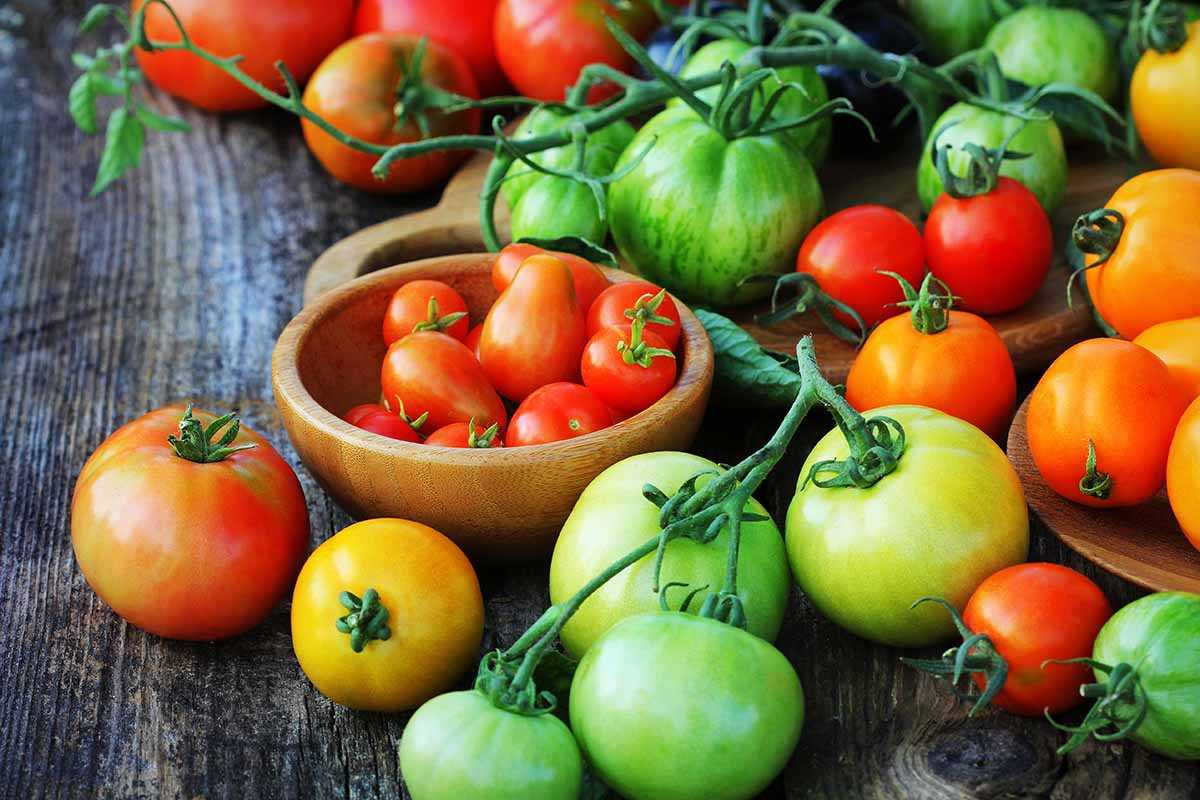
One of the most important steps in growing a bountiful tomato harvest is preparing the soil properly. Good soil preparation ensures that your tomato plants have the nutrients they need to thrive, resulting in healthier plants and a higher yield.
1. Test the Soil
Before planting your tomatoes, it’s a good idea to test the soil to determine its pH level and nutrient content. You can purchase a soil testing kit or send a soil sample to a laboratory for analysis. This will help you understand what amendments or fertilizers your soil needs.
2. Clear the Area
Clear the area where you plan to plant your tomatoes. Remove any weeds, rocks, or other debris from the soil surface. This will prevent competition for nutrients and create a clean planting area for your tomato plants.
3. Amend the Soil
If your soil test indicates a low pH or nutrient deficiencies, amend the soil accordingly. Add organic matter such as compost, well-rotted manure, or peat moss to improve the soil’s structure and fertility. Incorporate the amendments into the top 6-8 inches of soil using a garden fork or tiller.
4. Provide Drainage
Ensure that your soil has good drainage to prevent waterlogged roots, which can lead to disease and poor growth. If your soil tends to hold too much water, you can improve drainage by adding perlite or vermiculite.
5. Mulch the Soil
Once the soil is prepared, spread a layer of organic mulch around the tomato plants. Mulch helps to regulate soil temperature, retain moisture, and suppress weed growth. Common mulch options include straw, wood chips, or compost.
6. Water the Soil
Water the soil thoroughly after planting your tomatoes. Keep the soil consistently moist but not waterlogged throughout the growing season. This will provide a good balance of moisture for your tomato plants, helping them to establish strong root systems and produce juicy, flavorful fruit.
By following these steps to prepare the soil, you will give your tomato plants the best possible start and increase your chances of a successful harvest. Remember to monitor your plants’ progress and make adjustments as needed throughout the growing season.
Providing Adequate Sunlight and Watering
Tomatoes require a minimum of 6-8 hours of direct sunlight each day to thrive. It is essential to choose a location for your tomato plants that receives ample sunlight throughout the day.
When planting your tomatoes, make sure they are spaced out properly to allow sunlight to reach all parts of the plant. This will promote even growth and prevent the shading of lower branches and fruits.
In addition to sunlight, tomatoes also require regular and consistent watering. Water your plants deeply, ensuring that the soil is evenly moist. Avoid over-watering, as it can lead to root rot and other fungal diseases.
One way to ensure proper watering is by using a drip irrigation system or a soaker hose. These methods deliver water directly to the base of the plants, reducing moisture on the leaves and minimizing the risk of disease.
It is also essential to water your tomatoes in the morning to allow the foliage to dry out during the day. This helps prevent the development of fungal diseases, such as blight.
Monitor the moisture level of the soil regularly and adjust your watering schedule accordingly. It is better to provide consistent and deep watering, rather than frequent shallow watering.
Remember that different tomato varieties may have slightly different watering needs, so it is always a good idea to research your specific variety before planting. And don’t forget to mulch around your plants to help retain soil moisture.
Taking Care of Tomato Seedlings
- Start with quality seeds: Use fresh, high-quality tomato seeds from trusted sources to ensure healthy and vigorous seedlings.
- Germinate the seeds: Place the seeds in a seed tray filled with seed-starting mix or soilless medium. Keep the tray warm and moist, and within a few days, the seeds will germinate.
- Provide adequate light: Tomato seedlings require at least 14-16 hours of direct sunlight or bright artificial light each day. Place them near a south-facing window or use grow lights to ensure they receive enough light.
- Watering: Water the seedlings regularly, keeping the soil moist but not waterlogged. Avoid overhead watering to prevent the spread of diseases. Instead, water at the base of the plants.
- Transplanting: Once the seedlings develop their first set of true leaves, it’s time to transplant them into individual pots or into the garden. Handle the seedlings carefully by their leaves to avoid damaging the delicate stems.
- Hardening off: Before transplanting the seedlings into the garden, gradually expose them to outdoor conditions over a period of 7-10 days. Start by placing them outdoors in a sheltered location for a few hours each day and gradually increase the time and exposure to sun and wind.
Note: It’s important to monitor the seedlings for any signs of pests or diseases, such as aphids or damping off. If necessary, take appropriate measures to control these issues and ensure the health and vitality of your tomato seedlings.
Pruning and Supporting Tomato Plants
Pruning and supporting your tomato plants are crucial steps in ensuring a bountiful harvest. These practices help promote better airflow, prevent diseases, and increase sunlight exposure for your plants. Here are some tips on how to properly prune and support your tomato plants:
Pruning
- Start pruning your tomato plants when they are about 12 to 18 inches tall.
- Remove the suckers, which are the small shoots that grow in the leaf axils of the plants. These suckers take energy away from the main stem and can result in a less productive plant.
- Use clean and sharp pruning shears to make clean cuts and reduce the risk of spreading diseases.
- Prune the lower leaves as the plant grows to improve airflow and reduce the risk of soil-borne diseases.
- Remember to remove any diseased or damaged leaves to prevent the spread of diseases.
Supporting
- Tomato plants can become heavy with fruits, so it’s important to provide them with adequate support.
- Install a trellis, stakes, or a tomato cage at the time of planting to support the plant as it grows.
- Gently tie the main stem of the tomato plant to the support structure using soft string or garden twine as it grows taller.
- Regularly check the ties and adjust them as necessary to prevent the stem from rubbing against the support structure.
- Supporting your tomato plants not only prevents them from sprawling on the ground but also helps improve air circulation and reduces the risk of diseases.
By pruning and supporting your tomato plants, you can help them grow stronger and healthier, resulting in a bountiful harvest of delicious tomatoes.
Controlling Pests and Diseases
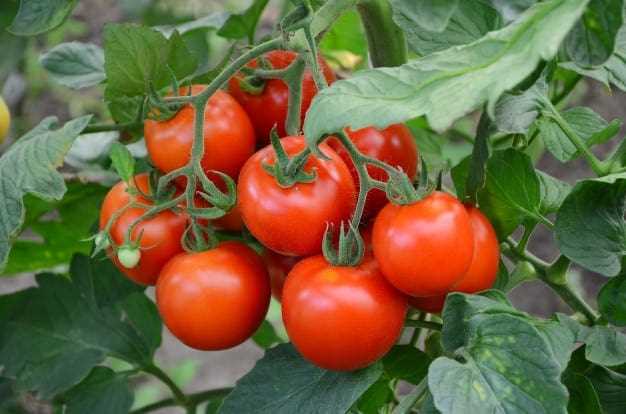
One of the challenges in growing tomatoes is keeping pests and diseases at bay. Here are some tips to help you control these potential problems:
1. Prevention is Key
Start by selecting disease-resistant tomato varieties. Look for varieties labeled as resistant to common tomato diseases such as blight and wilt. Planting disease-resistant varieties can greatly reduce the risk of your plants getting infected.
2. Proper Plant Spacing
Ensure adequate spacing between tomato plants to promote air circulation. Crowded plants are more prone to diseases as the lack of airflow creates a conducive environment for fungal growth. Follow the recommended spacing guidelines for the specific variety you are growing.
3. Rotate Tomato Crops
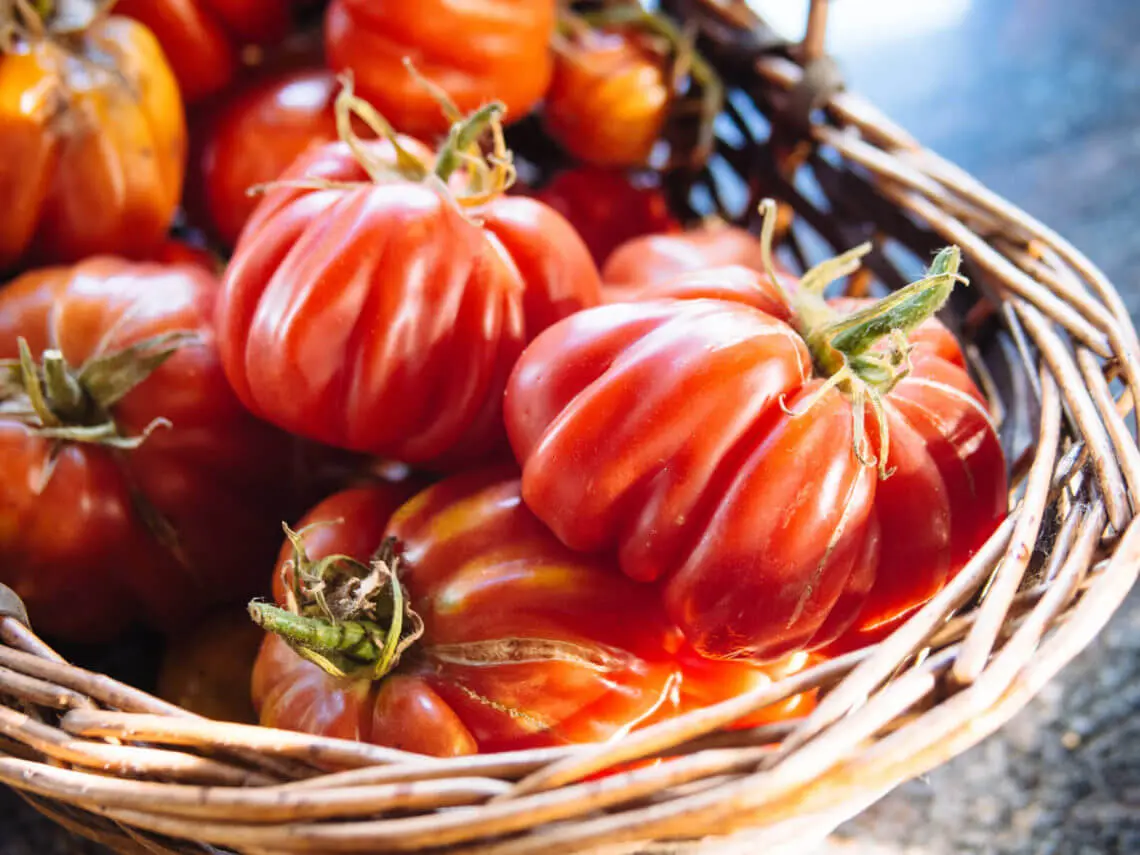
Rotate where you plant your tomatoes each year to prevent the build-up of soil-borne diseases. Do not grow tomatoes or other plants from the nightshade family in the same spot for consecutive years. This rotation technique helps break the disease cycle.
4. Mulch and Water Properly
Use mulch around your tomato plants to help retain moisture in the soil and prevent soil-borne diseases from splashing onto the leaves. Water your plants at the base rather than from above, as wet foliage can promote disease development.
5. Inspect Regularly
Keep a close eye on your tomato plants and inspect them regularly for signs of pests or diseases. Look for yellowing leaves, spots, or wilting. Early detection allows for prompt action, helping prevent the spread of diseases.
6. Use Natural Remedies
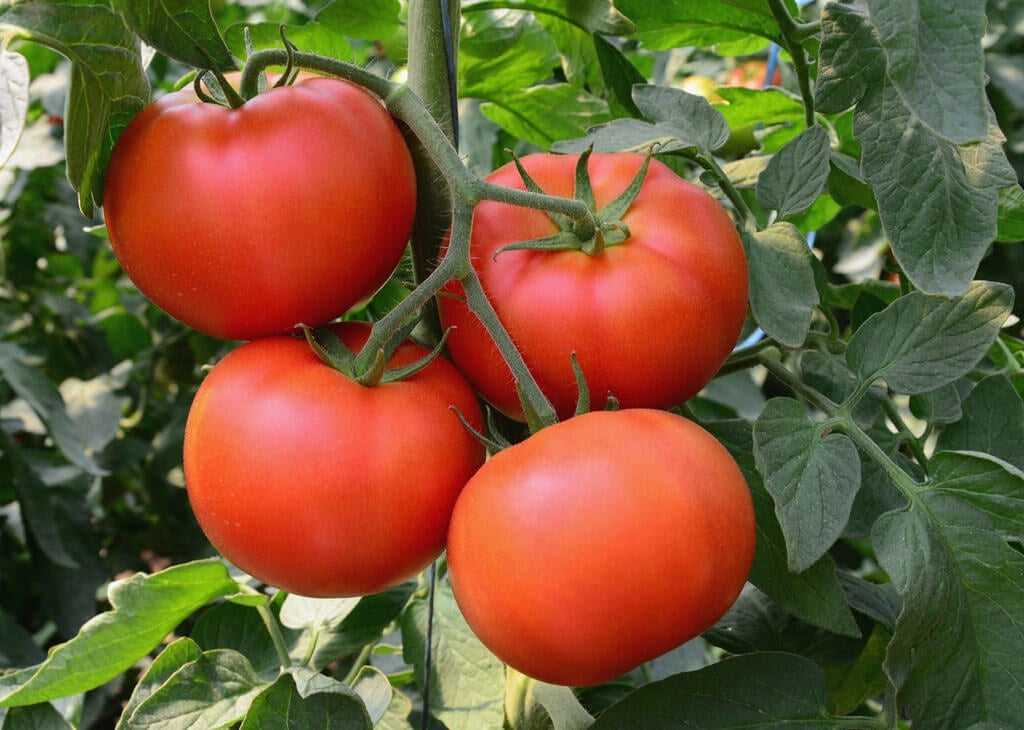
If you do encounter pests or diseases, consider using natural remedies to control them. For example, handpicking and destroying infected foliage or using insecticidal soap for certain pests. Avoid using harsh chemical pesticides unless absolutely necessary, as they can harm beneficial insects and impact the overall health of your garden.
By following these steps and implementing proactive measures, you can effectively control pests and diseases in your tomato garden and enjoy a bountiful harvest.
Harvesting and Storing Tomatoes
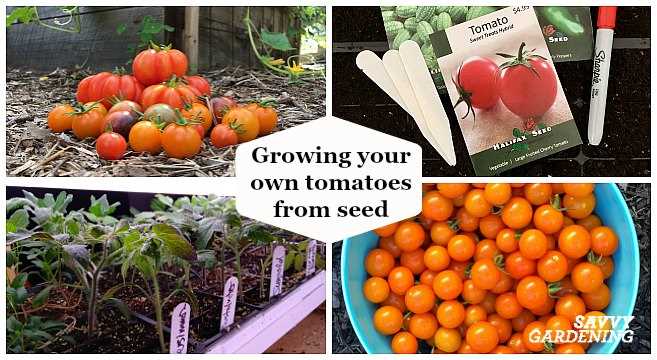
Harvesting tomatoes at the right time and storing them properly will help you enjoy fresh tomatoes for a longer period of time. Here are some tips for harvesting and storing tomatoes:
1. Harvesting
- Wait until the tomatoes are fully ripe before harvesting. Ripe tomatoes will have a deep and even color, and will be slightly soft when gently squeezed.
- Use a pair of pruning shears or scissors to cut the tomatoes from the vine. This will prevent damage to the plant and ensure the tomatoes stay intact.
- Harvest tomatoes in the morning when it’s cool, as this is when they will have the highest sugar content and best flavor.
2. Handling
- Handle the harvested tomatoes with care to avoid bruising or puncturing the skin, as this can lead to spoilage.
- Avoid washing the tomatoes unless absolutely necessary, as excess moisture can cause them to spoil faster.
3. Storing
- If you plan to use the tomatoes within a few days, store them at room temperature, away from direct sunlight. This will allow them to continue ripening and develop more flavor.
- If you have a large quantity of ripe tomatoes and want to store them for a longer period of time, you can refrigerate them. Wrap each tomato individually in a paper towel or newspaper to absorb excess moisture, and place them in a perforated plastic bag or container in the refrigerator.
- Alternatively, you can also freeze tomatoes for long-term storage. Simply wash them, remove the stems, and place them in freezer bags. Frozen tomatoes can be used in sauces, soups, and stews.
4. Ripening Green Tomatoes
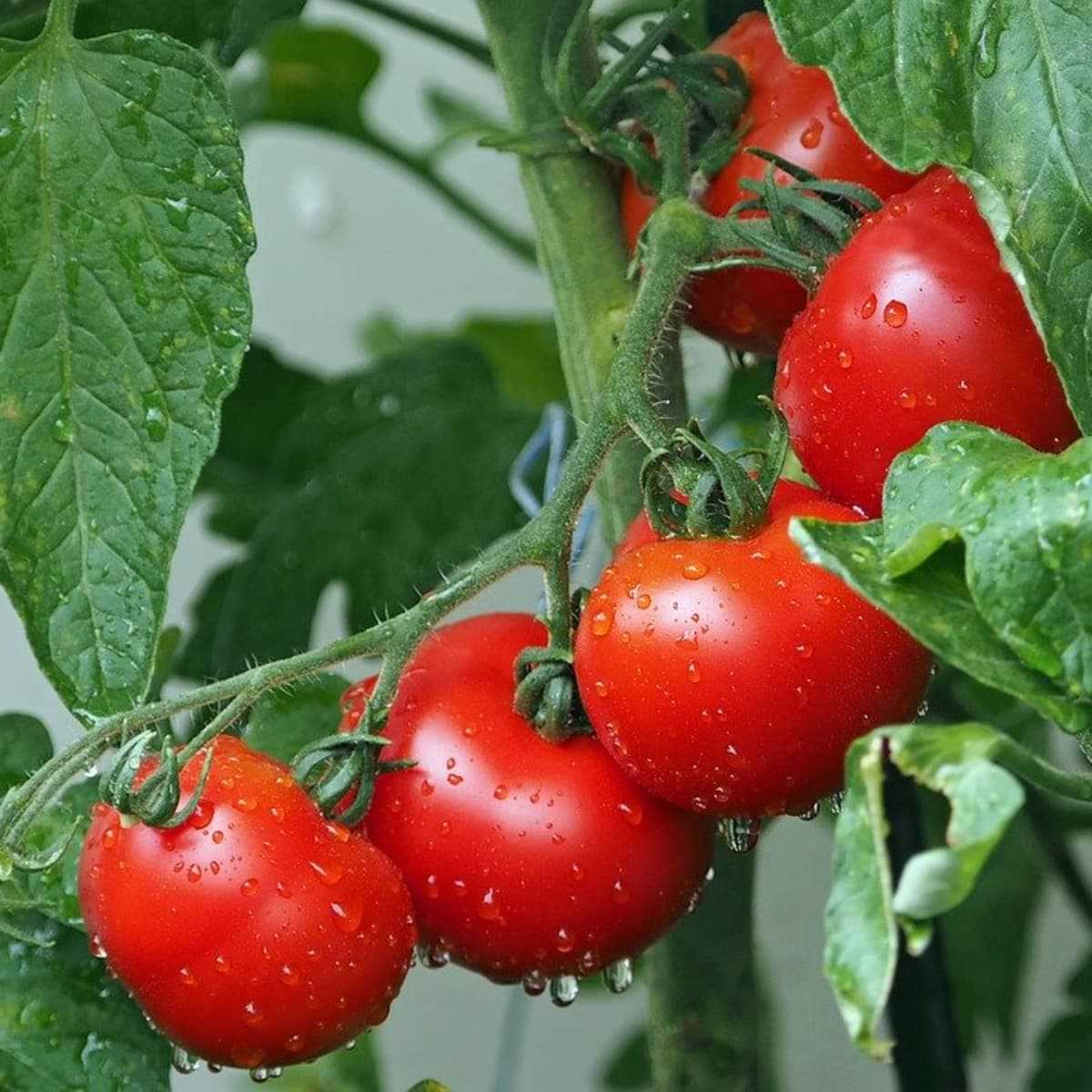
If you have picked green tomatoes before the first frost, you can ripen them indoors. Place the green tomatoes in a single layer in a cardboard box or paper bag, and store them in a cool, dark place. Check on them regularly and remove any ripe tomatoes to prevent overripening.
5. Preserving Tomatoes
If you have a surplus of tomatoes, consider preserving them by canning or making tomato sauce, salsa, or tomato paste. These preserved tomatoes can be used throughout the year in various recipes.
6. Use Fresh Tomatoes within a Week
Fresh tomatoes have the best flavor and texture when used within a week of harvesting or purchasing. Be sure to use them in a variety of dishes, such as salads, sandwiches, sauces, and salsas, to fully enjoy their delicious taste.
Expert Tips for a Bountiful Tomato Harvest
1. Choose the right tomato varieties
Not all tomato varieties are created equal when it comes to producing a bountiful harvest. Some varieties are better suited for specific climates or growing conditions. Choose varieties that are known for their high yield and disease resistance. Some popular varieties include ‘Celebrity’, ‘Early Girl’, and ‘Better Boy’.
2. Provide plenty of sunlight
Tomatoes are sun-loving plants and require at least 6-8 hours of direct sunlight per day for optimal growth and fruit production. Choose a sunny spot in your garden or use grow lights if you are growing tomatoes indoors.
3. Prepare the soil
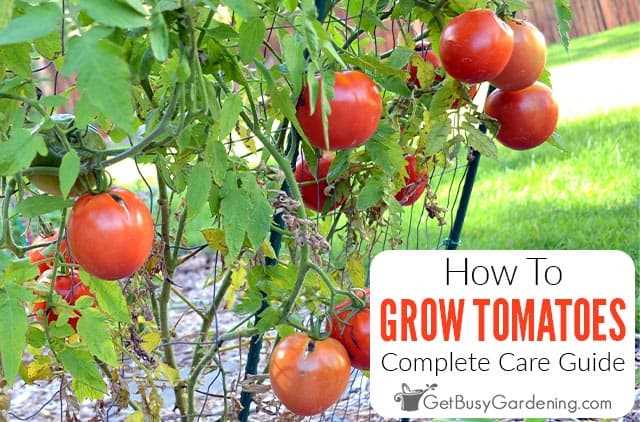
Tomatoes thrive in well-draining, fertile soil. Prepare the soil by adding organic matter such as compost or aged manure to improve its structure and fertility. Additionally, ensure a pH level of around 6.0-6.8, as this is the ideal range for tomato plants.
4. Provide adequate water
Tomatoes require regular and consistent watering throughout the growing season. Keep the soil evenly moist, but not waterlogged, as excessive moisture can lead to root rot. Avoid overhead watering, as it can promote the spread of diseases. Instead, water at the base of the plants.
5. Prune and support tomato plants
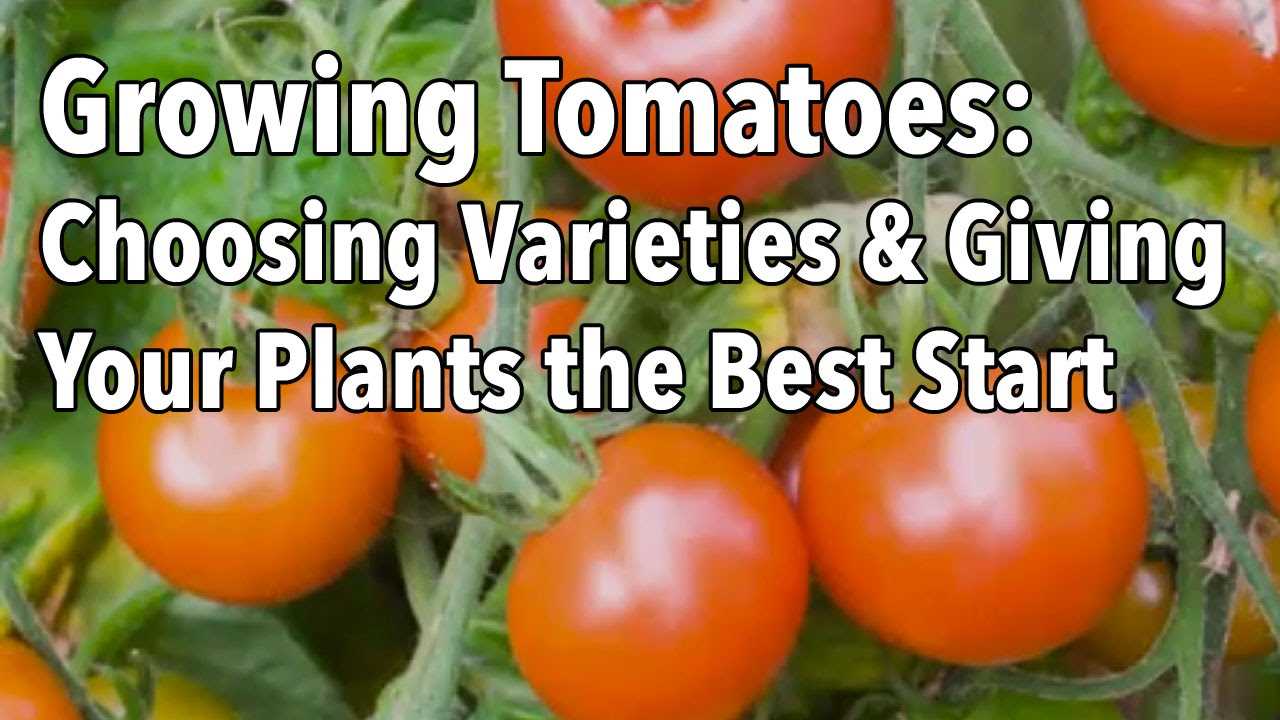
Pruning tomato plants helps improve air circulation and prevents the spread of diseases. Remove suckers (the small shoots that grow in the leaf axils) to direct the plant’s energy into fruit production. Additionally, provide support for your tomato plants using stakes, cages, or trellises to keep the fruits off the ground and reduce the risk of damage or diseases.
6. Monitor for pests and diseases
Regularly inspect your tomato plants for signs of pests or diseases. Common tomato pests include aphids, tomato hornworms, and whiteflies. Use organic pest control methods or consult a local gardening expert for advice on dealing with specific pests in your region. Also, be on the lookout for diseases such as blight and fungal infections. Promptly remove and destroy any infected plant material to prevent the spread.
By following these expert tips, you can ensure a bountiful tomato harvest and enjoy the fruits of your labor. Happy gardening!
“Question-Answer”
Can I grow tomatoes in containers?
Yes, you can grow tomatoes in containers. In fact, many gardeners prefer growing tomatoes in containers because it gives them more control over the growing conditions. When growing tomatoes in containers, make sure to choose a container that is large enough to accommodate the plants’ root system. Use a well-draining potting mix and provide support for the plants. Tomatoes grown in containers may require more frequent watering and fertilization compared to those grown in the ground.
When is the best time to harvest tomatoes?
The best time to harvest tomatoes depends on the variety and personal preference. Generally, tomatoes are ready to be harvested when they have reached their mature color, are firm, and can easily be detached from the stem. It is best to harvest tomatoes in the early morning when the fruits are cool and have a higher sugar content. Avoid harvesting tomatoes when they are overripe, as they may develop a mealy texture.







